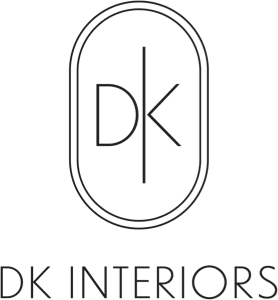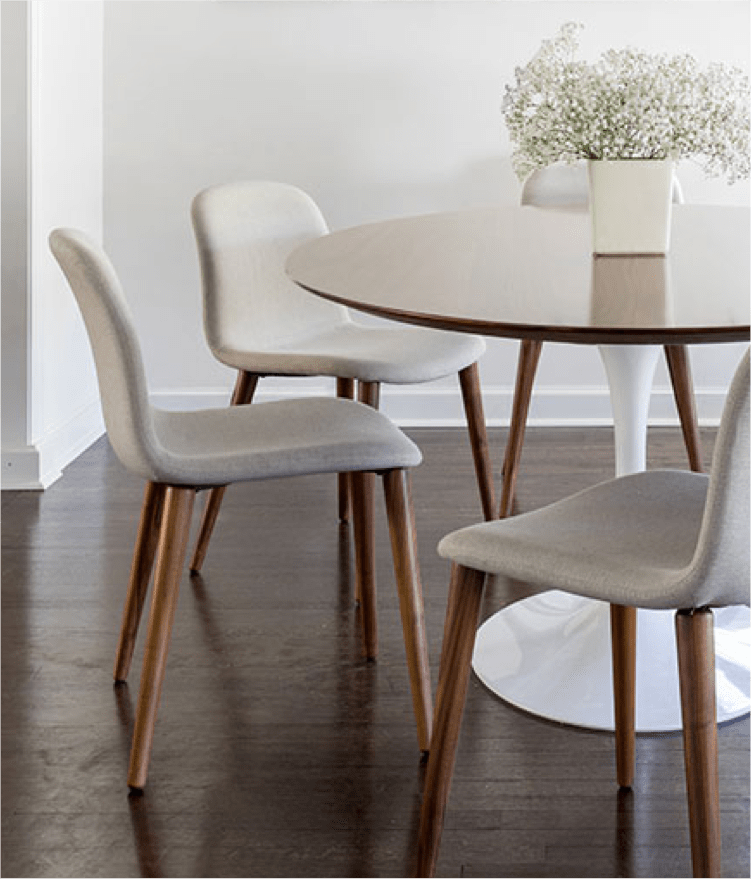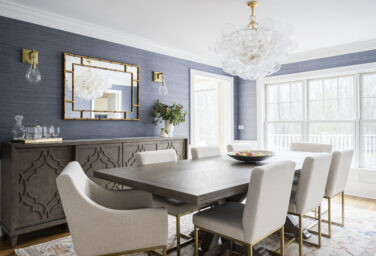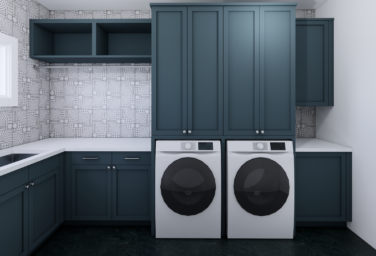Design is most successful when it’s a true collaboration. If you’re ready for a home that reflects your next chapter, beautiful, functional, and thoughtfully layered, here’s how to get the very best from your interior designer (and enjoy the process along the way).
1) Start with a clear vision (not a full plan)
- Choose 3–5 words that describe how you want the space to feel (e.g., calm, tailored, warm, collected, low-maintenance).
- Share what’s staying (heirlooms, art, a favorite chair) and what can go.
- Create a simple inspiration board (photos you love and a few you don’t—and why).
2) Define must-haves, nice-to-haves, and deal-breakers
Prioritize function first, then finishes. Be explicit about:
- Storage needs, entertaining habits, pets/grandkids, and cleaning preferences.
- Your patina tolerance (perfection vs. “lived-in” materials like marble or unlacquered brass).
- Any accessibility considerations now or in the future.
3) Set a realistic budget (with a contingency)
Great design can meet a wide range of budgets when the scope is right.
- Decide where to invest (sofa, rug, lighting) and where to save (side tables, simple drapery hardware).
- Align on a budget band and include a 10–15% contingency for surprises or upgrades.
4) Agree on scope, timeline, and who decides
- Confirm every space in-scope, what’s out, and the target installation month.
- Choose one decision-maker (or a tie-breaker) to avoid delays.
- Understand lead times: custom upholstery (10–14+ weeks), rugs (10–16+ weeks), and lighting (8–12+ weeks).
5) Choose one home for communication
- Keep everything in one place (e.g., an email thread or a shared portal).
- Set expectations for response time and weekly status touchpoints.
- Send feedback in one consolidated message per round to reduce rework.
6) Trust the process (and the order of operations)
The sequence matters: plan the room → anchor pieces → supporting layers → styling. Avoid piecemeal purchases before the plan is set; it limits your options and can cost more long-term.
7) Be decisive on approvals
Momentum keeps projects on schedule. When you receive a presentation:
- React to the big picture first (layout, palette), then details.
- Use “love / like with notes / no” and explain why—your designer can pivot quickly with clear direction.
- Approve samples in daylight and at home, where they’ll live.
8) Samples, finishes, and performance
- View fabrics and rugs under natural light; check hand and weight.
- Ask for performance options (crypton/washable covers) where it matters most.
- For stone and metals, discuss aging (etching, patina) vs. sealed/maintained finishes.
9) Procurement reality check
- “In stock” can change daily—approve and pay deposits promptly to secure items.
- Expect a mix of lead times and staggered deliveries; your designer will consolidate installs where possible.
- White-glove delivery is worth it for large, custom, or delicate pieces.
10) Site access & trade coordination
- Ensure vendors have clear access (driveway, elevator, door widths) and a protected path.
- Keep a clean, safe jobsite; dust and wet paint are enemies of new furnishings.
- Plan for a final walk-through and a punch list after installs.
11) Respect scope changes (and their impact)
Adding spaces or swapping major items midstream affects timeline and budget.
Your designer will price change orders transparently so you can decide with eyes open.
12) Installation day: let the magic happen
- Give your team uninterrupted time; styling is a craft.
- Hold minor tweaks for the punch list—they’re normal and expected.
- Enjoy the reveal. Then live with it a week before requesting adjustments.
Quick Client Prep Checklist
- Access plan for deliveries/installs
- 3–5 mood words + 8–12 inspiration images
- Must-haves / nice-to-haves / deal-breakers
- Budget band + 10–15% contingency
- Final scope list + decision-maker identified
- One communication channel + weekly check-in time
- Patina tolerance + performance fabric needs
- Measurements or floor plan (if available)
If you bring clarity, timely feedback, and trust, your designer can do their very best work, crafting a home that feels unmistakably yours and beautifully supports your life.
As you consider partnering with a designer, remember that a clear vision, soft layering, and thoughtful collaboration can create spaces that are both serene and highly functional.
If you’re ready to design a room, or a whole home, that reflects your style and supports your next chapter, I’d love to help.
Contact me today to discuss how we can create a serene, beautiful space tailored to your needs.
